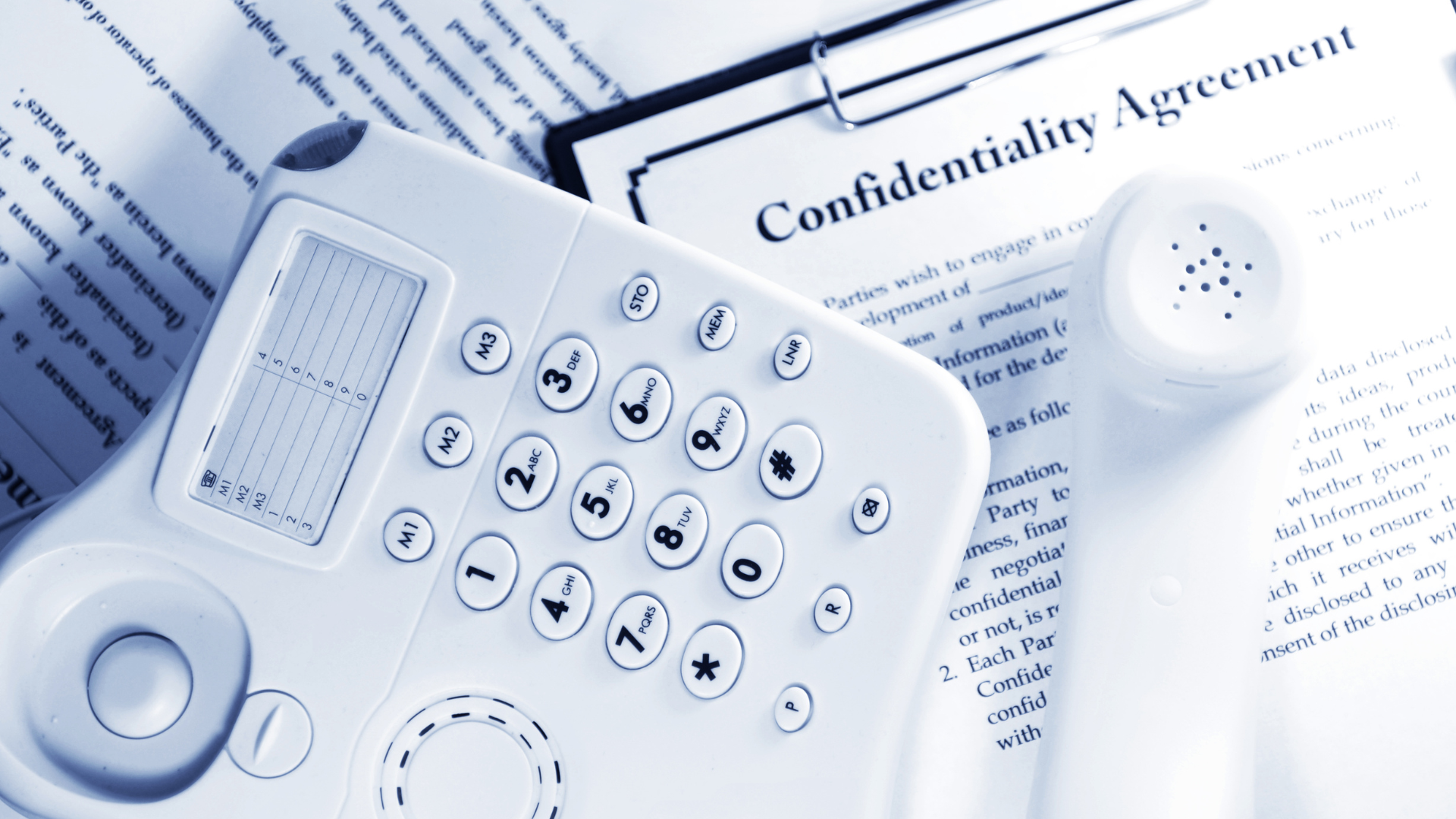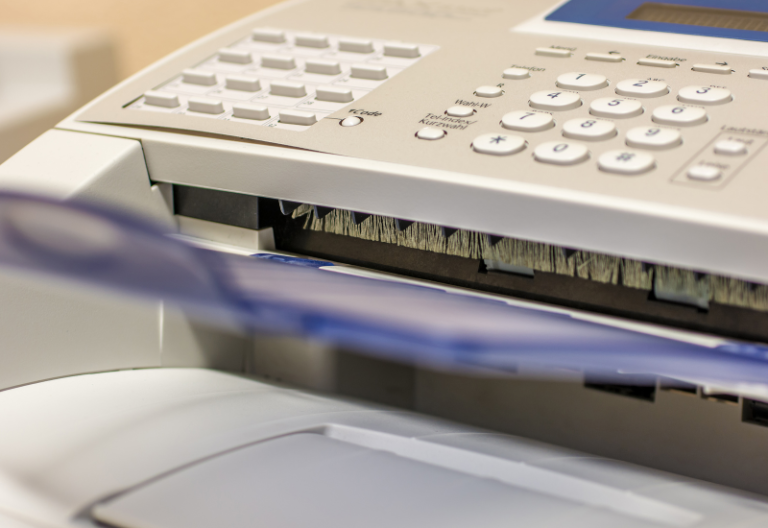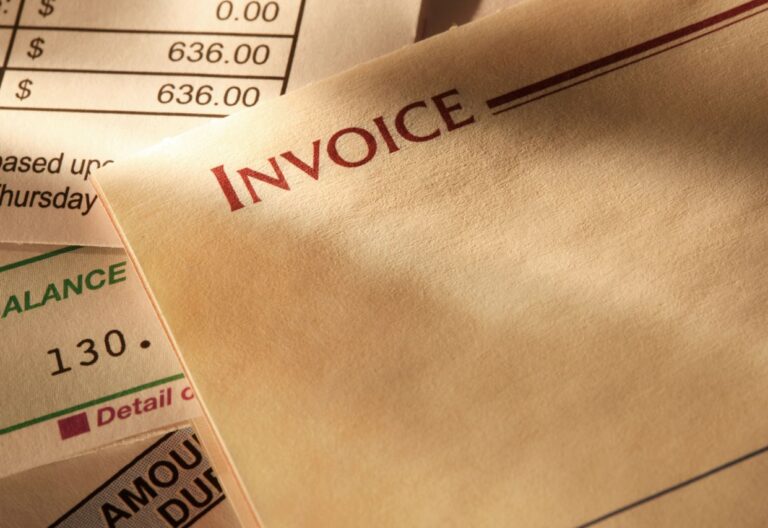Confidential fax cover sheets play a crucial role in maintaining the confidentiality of your faxes. It adds an extra layer of protection beyond the standard security measures to keep sensitive information from falling into the wrong hands. Faxing is still a common way of transmitting documents. It can be vulnerable to unauthorized access or interception if proper security measures are not taken.
Let us explore the basics of confidential fax and the best online faxing solution for all your fax communications.
Table of Contents
What is Confidential Fax?

When you say that a fax is confidential, you should not disclose its content to anyone other than the intended recipient. It refers to a fax transmission that is meant to be kept private.
Sending confidential information via fax requires extra security measures to keep the information private and secure. Organizations can achieve it through various means, such as password protection, encryption, or a dedicated fax machine or service. Confidential fax is often used for medical records, legal documents, or financial statements.
Types of Confidential Information That You Can Fax
Here’s a detailed list of confidential information that you can fax securely. Confidential faxes can include but are not limited to the following:
Medical records and health information
The health industry is one of the sectors where confidential faxing is used most often. They comprise patient data, medical test results, doctor’s notes, and other information that must be kept private. These documents must be protected from unauthorized access, so sending them via fax can be a secure option.
Legal documents
Legal documents such as contracts, wills, prenuptial agreements, and court orders are also confidential. If these documents were to fall into the wrong hands, they could have dire consequences. Law firms can prevent unauthorized access to such information using secure faxing solutions.
Financial statements and bank records
Financial documents such as bank statements and tax returns contain confidential information about an individual’s finances. They must be kept secure to prevent identity theft or fraud. A safe, confidential fax cover sheet is one of the best ways to ensure that these documents remain private.
Personnel files and employee information
Confidential information about employees, such as job performance reviews, salary details, and personal contact information, is typically sent via fax for secure transmission. If you expose such information, it could result in costly lawsuits and legal action.
Intellectual property and trade secrets
These documents typically contain sensitive information about a company’s products and processes that you must not share with anyone outside the organization. Employers often use fax to send these documents securely.
Government-classified information
Government agencies and departments use fax to send information securely. Such documents often contain sensitive national security or intelligence information that must be kept secure. Examples of this information include top-secret reports, intelligence briefings, and government communications.
Merger and acquisition plans
Mergers and acquisitions involve confidential information that two companies exchange. This involves many financial data, industry forecasts, and other sensitive information.
Risks of Sending Confidential Information Via Fax

Fax transmission is not always secure and can leak confidential information. Hackers can intercept fax transmissions and access sensitive data. Additionally, here are some of the other risks associated with faxing confidential information:
- Unauthorized access. Fax machines can be located in public places, which makes it possible for unauthorized individuals to access sensitive information.
- Incomplete transmission. There is a risk of incomplete transmission when sending confidential information via fax. This can happen due to technical problems such as bad lines.
- Technical errors. Fax transmission can be disrupted by technical errors, such as line noise, which could result in partial or complete loss of data.
- Insecure networks: Fax machines can be connected to insecure networks, increasing the risk of hacking and data theft.
- Record retention. Faxes can be easily lost or forgotten, and it can be challenging to find them when needed.
This is why it is crucial to use confidential fax cover sheets when sending sensitive information. An online faxing solution over the traditional fax machine can provide additional security. Plus, they provide an easier way to create your fax cover sheets.
Why Use Confidential Fax Cover Sheets?
A fax cover sheet is placed on top of the main document when sending a fax. It protects the fax by providing a visual and written reminder of the sensitive nature of the transmitted information. It typically includes the following:
- Sender’s name and contact details
- Recipient’s name and contact information
- Date of fax transmission
- The subject of the fax
- Additional notes or special instructions
- Confidentiality statement
- Signature of the sender
Then confidential fax cover sheets are used to indicate that the information contained in the fax should not be shared with anyone else. Using it will help you to have the following:
Increased security
When you send sensitive information through fax, it is crucial to ensure that the data remains secure. A confidential fax cover sheet serves as an extra layer of security to ensure the information is not leaked or accessed by unauthorized personnel.
Legal protection
Sometimes, sending confidential information without a cover sheet can leave companies vulnerable to litigation. A confidential fax cover sheet will protect your company from any potential legal action. It shows that you have taken all the necessary steps to secure the data.
Professionalism
A confidential fax cover sheet can demonstrate to the recipient that the sender is professional and takes information protection seriously. It shows that you care about privacy and security and take the necessary steps to ensure it is not shared with anyone who should not have access to it.
Improved organization
A fax cover sheet ensures that the transmitted information is organized and clearly labeled. It makes it easier for the recipient to quickly understand and process the information.
Better record-keeping
A confidential fax cover sheet can be a permanent record of the information transmitted, which can be helpful for later reference. If there is any dispute, the cover sheet can be used as evidence.
Best Practices for Secure Fax Confidentiality
Creating a confidential fax cover sheet is simple. Most online fax services provide templates to create your own cover sheet. Creating a secure fax cover sheet is just the first step in protecting confidential information. Here are some additional tips and best practices to ensure your fax transmission remains secure and private.
- Make sure the confidential statement is visible on the cover sheet.
- Double-check the recipient’s contact information to ensure it is correct.
- Create a unique password for each fax transmission and share it only with the intended recipient.
- Use encryption when sending sensitive documents via fax.
- Verify that the document was sent successfully and received by the recipient.
- Make sure the fax service is HIPAA-compliant when faxing healthcare documents, such as treatment plans and clinical notes.
Choose iFax for All Your Fax Communications

Experience secure and reliable faxing with iFax. Our platform ensures the encrypted transmission and storage of your confidential documents, giving you peace of mind that your information is protected.
Take advantage of our free fax cover sheet templates to enhance your faxing experience. Simply choose a template, fill in the necessary information, attach your document, and send it.
Trust iFax to keep your sensitive information secure throughout the entire transmission process.
Sign up today and experience the power of secure faxing







